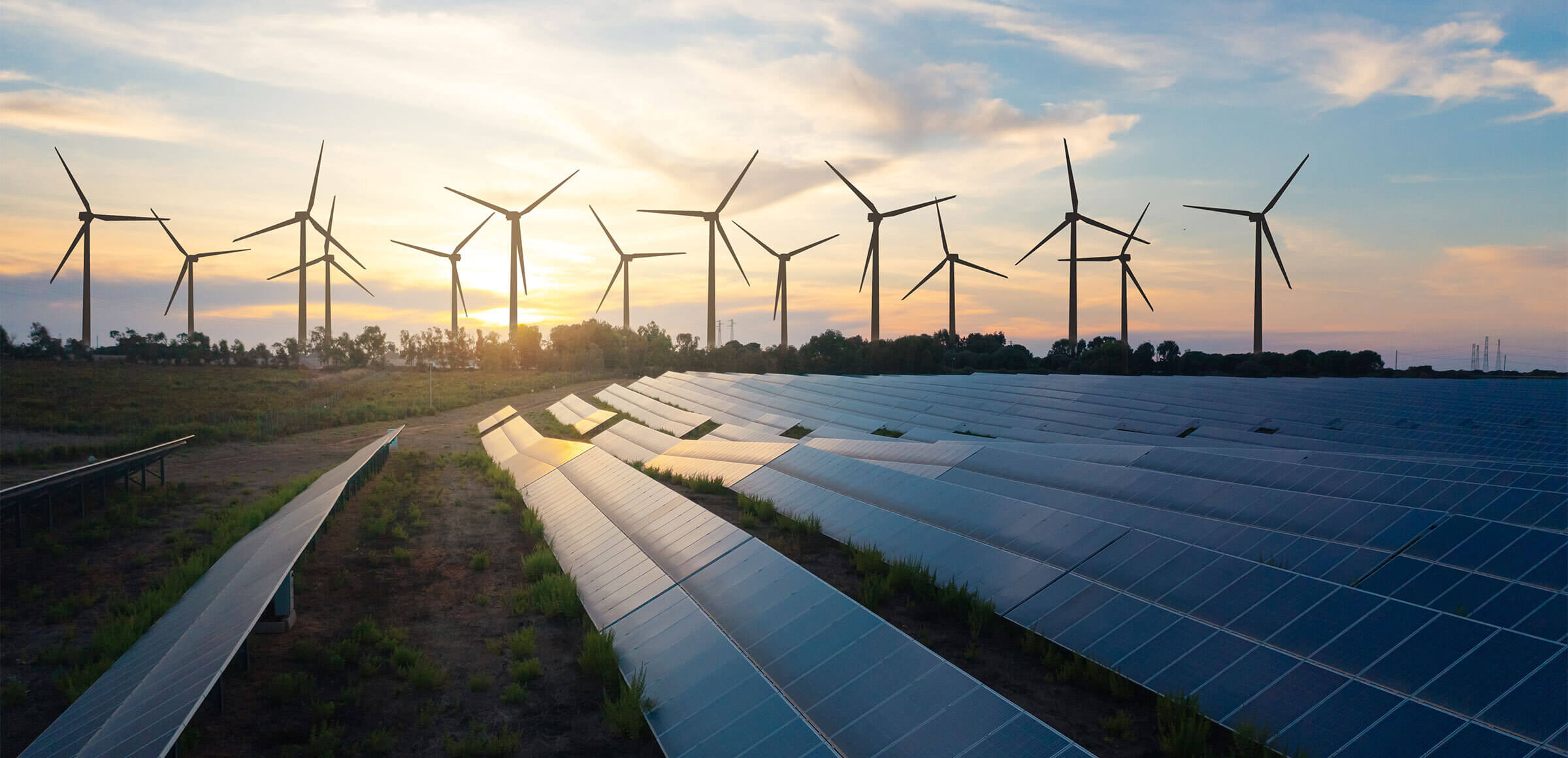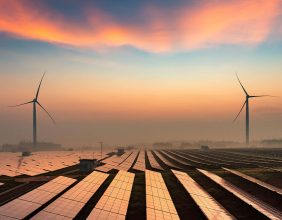We will soon be saying goodbye to coal, but what does the term decarbonization actually mean? The energy transition to more sustainable energy production won’t happen by simply abandoning fossil fuels all at once. The process of elimination will have to be gradual and carefully handled in order to guarantee grid stability, resilience and efficiency.
The key to effecting this change is electrification: gradually replacing technologies that use fossil fuels with technologies that use electricity only from renewable sources in all sectors, from home cooking to heating to transportation. This will also reduce air pollution in cities and, thanks to the digitalization of the grids, energy efficiency will improve dramatically.
The importance of flexibility
The move from fossil fuels to renewables is one of the keystones in the battle against climate change and in the transition to a sustainable world. However, it also involves a paradigm shift from a completely plannable model of power generation to a scenario that is intrinsically unplannable.This is a journey that involves technical and infrastructural challenges in part because we cannot allow power grids to become unstable, or blackouts or power outages to occur.
If we try to imagine what the energy management of the future might look like, we quickly see that one essential factor is flexibility. Sudden shifts in the balance between supply and demand, overburdened power grids and unusual situations are already forcing us to manage energy through plants that are capable of anticipating and tolerating critical situations, tackling them in real time and then returning to normal conditions.
The biggest challenge is finding a way to manage the day-to-day differences between supply and demand. There is a mismatch between wind and photovoltaic power generation and their consumption. This is partly predictable and partly due to weather and climate conditions. The only answer is to go in two main directions. Firstly, energy storage systems need to be boosted in order to adjust the delivery of energy to suit demand. Secondly, in the transitionary phase, coal will have to be temporarily replaced by other sources that are less polluting but still capable of guaranteeing a plannable power supply. Natural gas offers a promising and efficient alternative and is an excellent ally in the current energy transition.
Why gas is the best transitionary solution
Natural gas has several advantages over coal. The IEA has been able to quantify some of these, the first and foremost of which is improved efficiency: traditional coal-powered stations offer 40% efficiency while methane-powered plants offer 50% efficiency, a figure that can be further improved to 60% using new generation technologies. In terms of emissions, for the same amount of electricity generated, the amount of carbon dioxide produced can be reduced by up to half.
Lastly, less important environmentally but fundamental for human purposes, the transition from coal to gas offers more agility in terms of use by improving the stability and resilience of power grids. Looking at the medium term, if energy consumption becomes increasingly intermittent, then natural gas seems the best possible solution to practical requirements, at least until the combination of renewable sources(for generation) and batteries (for storage) develops enough to guarantee optimal performance levels.
Other advantages of gas include the possibility of having intense energy production peaks. This particular feature is epitomized by the so-called peaking power plants and is one of the characteristics that will see natural gas facilitate the entry of renewables into the energy markets. Its ability to compensate for peak demand, in fact, solves the main problem with wind and solar. This is confirmed by the figures published in BloombergNEF’s energy report2020, which predicts constant annual growth of 0.6% in natural gas use all the way up to 2050.
Much, however, will also depend on the technological targets reached. However, the latest turbine class saw power generation jump from a maximum of 50 megawatts per minute to 100. And while innovation focuses on continuing to raise this threshold, we are simultaneously working to reduce environmental impact still further by improving efficiency and introducing catalyzers to prevent carbon dioxide and nitrogen oxides from being released into the atmosphere.



